EXPLORE
25 Shocking Discoveries Made In The Last 25 Years
Published
5 months agoon

Shutterstock
The past 25 years have been a period of incredible discovery and innovation, with scientists uncovering shocking new insights about our world and the universe. From the depths of space to the smallest elements of life, these breakthroughs have reshaped our understanding of everything from physics to biology. Many of these discoveries challenge long-held assumptions, pushing the boundaries of human knowledge and sparking new avenues of research. Whether it’s finding water on Mars or unlocking the secrets of human evolution, each discovery brings us closer to answering some of life’s biggest questions. Explore these 25 groundbreaking findings that have transformed science and society over the last quarter-century.
Water on Mars
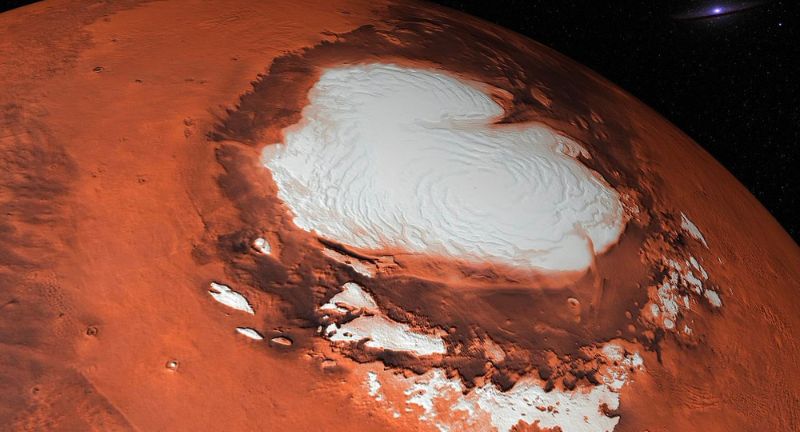
Shutterstock
In 2018, NASA confirmed the presence of liquid water beneath Mars’ surface, a discovery that significantly increased the possibility of past or present life on the planet. This finding came from data gathered by the Mars Express orbiter, which identified a lake of salty water beneath the Martian ice caps. The discovery challenged previous assumptions about the arid, inhospitable nature of Mars. The existence of water on Mars continues to fuel future missions aimed at uncovering signs of life and preparing for potential human colonization.
The Higgs Boson Particle
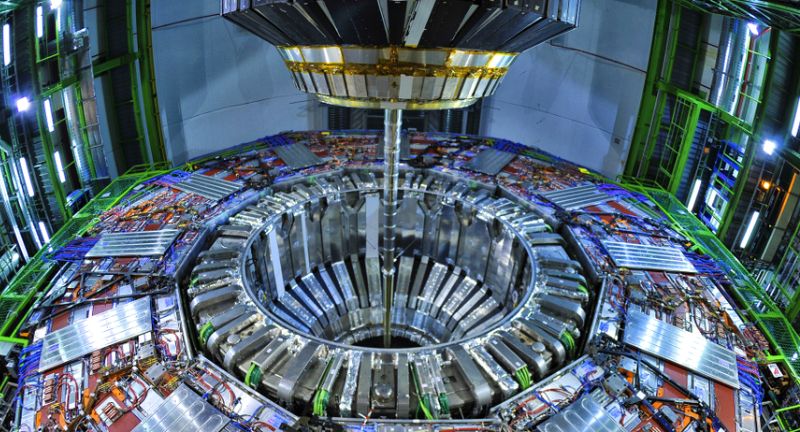
Shutterstock
The Higgs boson particle, often referred to as the “God particle,” was discovered in 2012 by scientists at CERN’s Large Hadron Collider. This particle was the missing piece in the Standard Model of particle physics, confirming how other particles gain mass. The discovery ended a decades-long search and confirmed a theory first proposed by Peter Higgs in 1964. Its detection has opened new avenues of research into the fundamental structure of the universe.
CRISPR Gene Editing
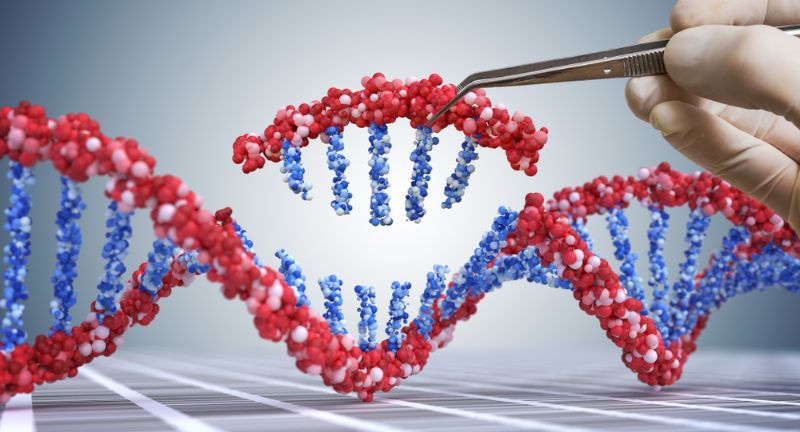
Shutterstock
The development of CRISPR technology in 2012 revolutionized the field of genetics by allowing scientists to precisely edit DNA sequences. CRISPR works like molecular scissors, enabling the correction of genetic defects and offering potential cures for hereditary diseases. This groundbreaking tool has led to significant advancements in fields such as medicine, agriculture, and even the potential to prevent genetic disorders. However, its ethical implications, particularly concerning gene editing in humans, continue to fuel debate worldwide.
Gravitational Waves
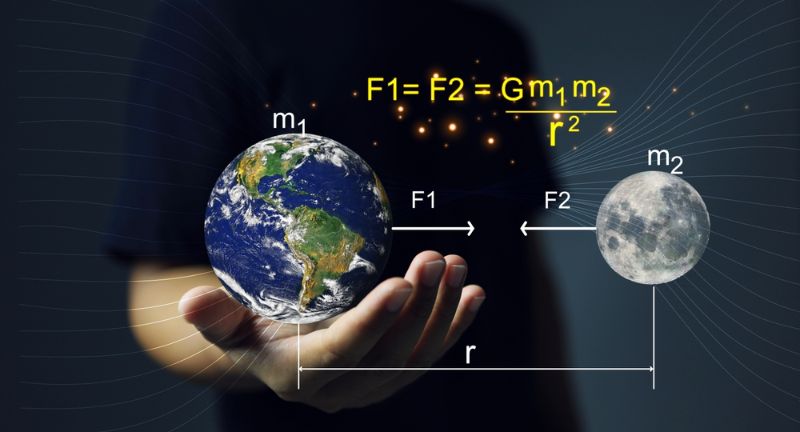
Shutterstock
In 2015, scientists made the first direct detection of gravitational waves, ripples in the fabric of spacetime, predicted by Albert Einstein over a century earlier. These waves were observed by the LIGO detectors as a result of two massive black holes colliding 1.3 billion light-years away. This discovery confirmed a key aspect of Einstein’s theory of general relativity and opened a new way of observing the universe. Gravitational wave astronomy now provides insights into events and phenomena that were previously invisible, such as black hole mergers and neutron star collisions.
New Human Ancestors
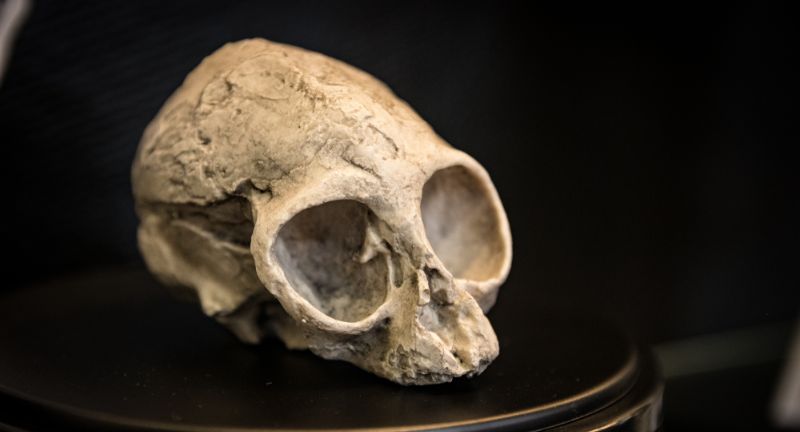
Shutterstock
In 2015, paleontologists uncovered fossils in South Africa belonging to a previously unknown human ancestor, *Homo naledi*. This species, with a mix of primitive and modern traits, added a new branch to the complex evolutionary tree of humans. The fossils, found in the Rising Star cave system, revealed a species that walked upright but had a brain about a third the size of modern humans. *Homo naledi* challenged our understanding of human evolution, suggesting that there were many different human species coexisting at the same time.
The Expansion of the Universe is Accelerating
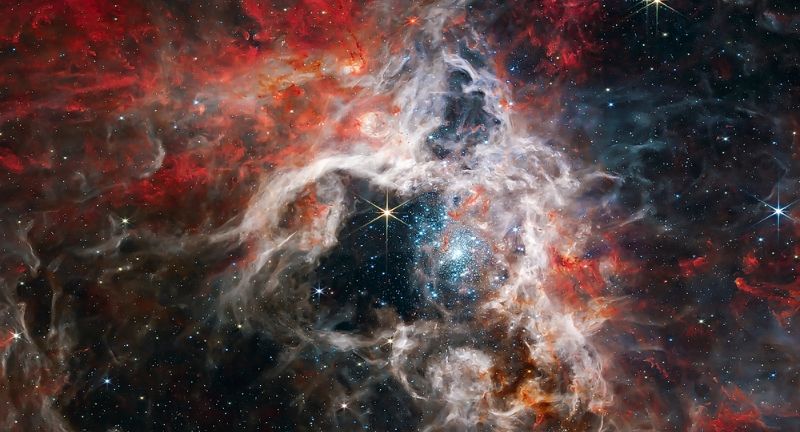
Shutterstock
In the late 1990s, scientists made the surprising discovery that the universe’s expansion is not slowing down, as previously thought, but is actually accelerating. This groundbreaking finding was made by observing distant supernovae and was attributed to an unknown force dubbed “dark energy.” Dark energy is now believed to make up about 70% of the universe, though its true nature remains one of the biggest mysteries in cosmology. This discovery has fundamentally altered our understanding of the universe’s fate and its ultimate destiny.
The Human Microbiome

Shutterstock
The discovery of the human microbiome in the early 21st century revealed the incredible influence that trillions of microorganisms have on our health and well-being. This complex ecosystem of bacteria, fungi, and viruses lives inside and on our bodies, playing a crucial role in digestion, immunity, and even mental health. Studies have shown that imbalances in the microbiome can be linked to conditions such as obesity, autoimmune diseases, and depression. Understanding the microbiome has revolutionized medicine and nutrition, offering new ways to treat disease and maintain health.
Oldest Art in the World
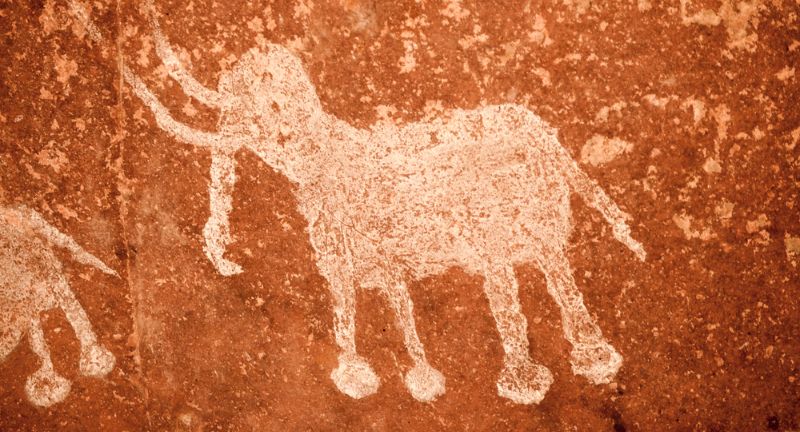
Shutterstock
In 2018, researchers discovered cave paintings in Indonesia that are at least 44,000 years old, making them the oldest known figurative art. These paintings depict human-animal hybrids and hunting scenes, challenging previous ideas about the origins of human creativity. The discovery suggests that early humans in Southeast Asia were creating sophisticated artwork around the same time as their European counterparts. This finding has reshaped our understanding of the development of symbolic thought and artistic expression in early humans.
Planet Nine
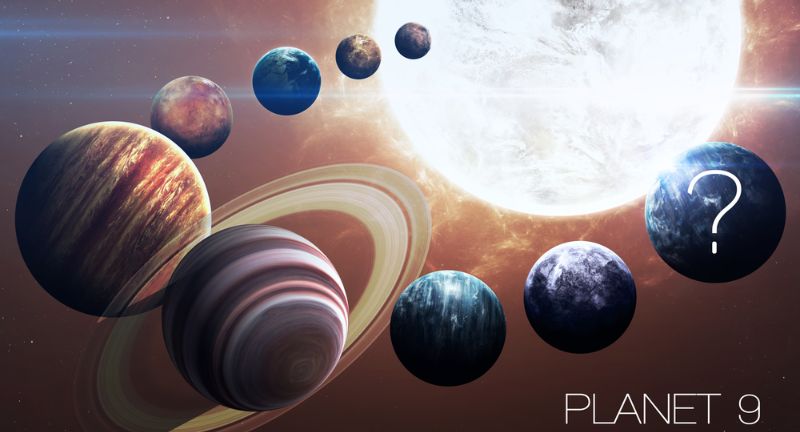
Shutterstock
In 2016, astronomers proposed the existence of a ninth planet in our Solar System, far beyond Pluto. This hypothetical planet, often referred to as “Planet Nine,” is believed to be ten times the mass of Earth and located in the outer reaches of the Solar System. Its existence is inferred from the unusual gravitational effects it seems to exert on distant objects in the Kuiper Belt. Although it has yet to be directly observed, the search for Planet Nine continues and could lead to a major new discovery in our cosmic neighborhood.
Oumuamua
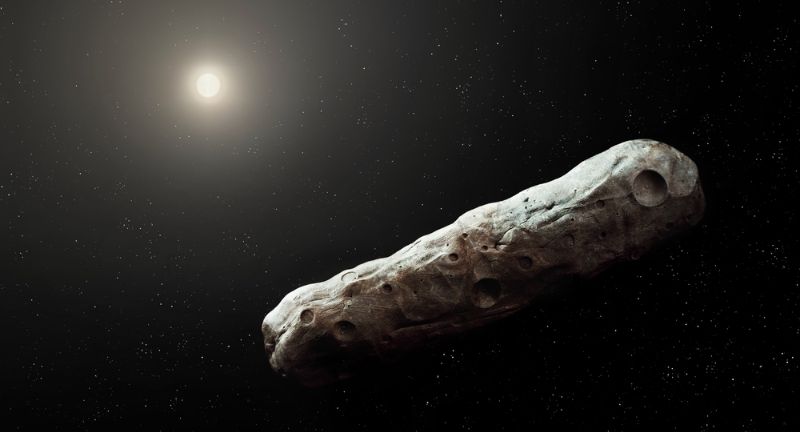
Shutterstock
In 2017, the first known interstellar object, Oumuamua, passed through our Solar System, sparking widespread debate among scientists. Unlike any known comet or asteroid, Oumuamua’s unusual shape and behavior led to speculation that it could be an alien probe. However, most researchers now believe it is a natural object, possibly a fragment from another star system. This mysterious visitor has raised many questions about what other strange objects might be traveling through interstellar space, unseen.
Evidence of Oceans on Europa and Enceladus
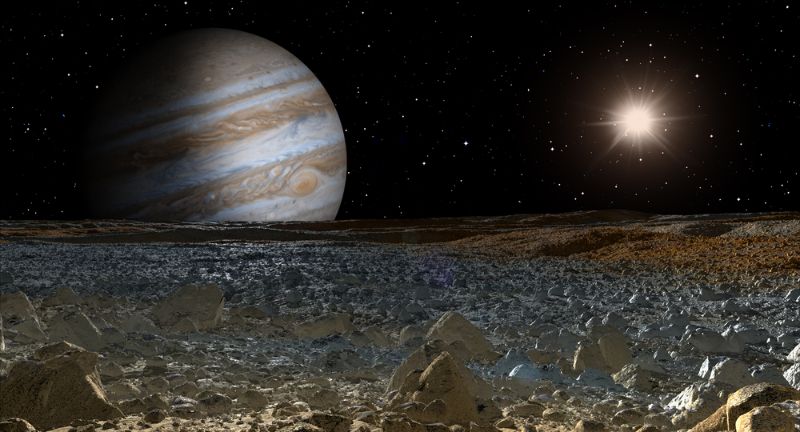
Shutterstock
NASA confirmed in the early 2000s that moons of Jupiter and Saturn, particularly Europa and Enceladus, contain vast oceans beneath their icy surfaces. These oceans, warmed by tidal forces from the planets they orbit, could potentially harbor microbial life. Plumes of water vapor erupting from Enceladus and Europa have been observed by spacecraft, providing further evidence of these subsurface oceans. The discovery has made these moons prime targets for future missions searching for extraterrestrial life within our Solar System.
Denisovans

Shutterstock
In 2010, genetic analysis of a finger bone discovered in the Denisova Cave in Siberia revealed a previously unknown species of human, called the Denisovans. These hominins coexisted and interbred with both Neanderthals and modern humans. Denisovans contributed DNA to certain modern human populations, particularly those in Melanesia and parts of Asia. Their discovery has provided crucial insights into human evolution and the genetic diversity of early human species.
Dark Matter’s Mysterious Role
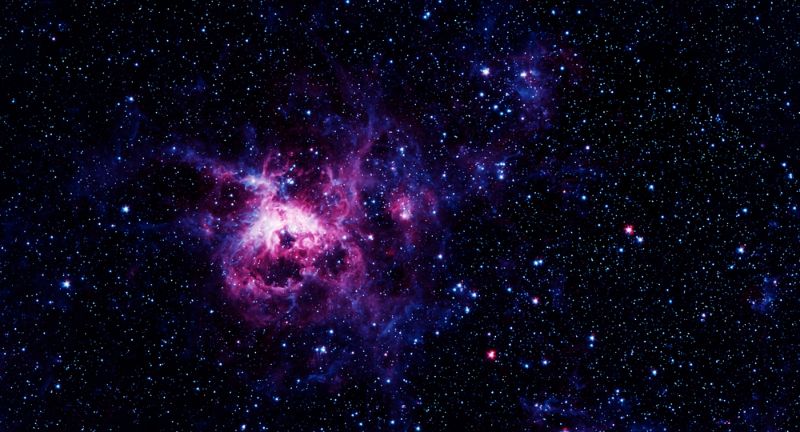
Shutterstock
Dark matter has been one of the greatest mysteries in astrophysics, but recent discoveries in the past decade have further deepened the enigma. Observations from various cosmic phenomena have shown that while dark matter does not emit light or energy, it plays a crucial role in the formation and structure of the universe. Research suggests that dark matter makes up about 27% of the universe’s mass, yet scientists still do not know what it is made of. Unraveling the secrets of dark matter remains one of the foremost challenges in modern cosmology.
Tardigrades’ Resilience

Shutterstock
Tardigrades, often called “water bears,” are microscopic creatures that have shocked scientists with their extreme resilience to harsh environments. Studies have shown that tardigrades can survive extreme temperatures, radiation, desiccation, and even the vacuum of space. In 2019, tardigrades were accidentally crash-landed on the moon by an Israeli spacecraft, raising the question of their survival in space. These fascinating creatures continue to amaze researchers and offer insights into the possibilities for life beyond Earth.
Cancer Immunotherapy

Shutterstock
Cancer immunotherapy has emerged as one of the most groundbreaking advancements in cancer treatment in the past 25 years. By harnessing the body’s immune system to target and destroy cancer cells, therapies like checkpoint inhibitors have led to long-term remissions in previously untreatable cancers. These treatments have shown promise in melanoma, lung cancer, and other forms of cancer, offering hope where traditional therapies have failed. Immunotherapy is now a major area of research, revolutionizing the way cancer is treated.
Oldest Known Homo Sapiens Fossils
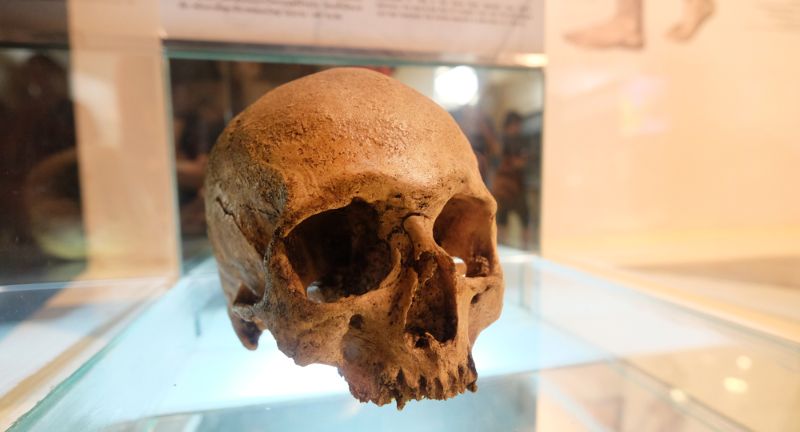
Shutterstock
In 2017, scientists discovered fossils in Morocco that date back 300,000 years, making them the oldest known remains of *Homo sapiens*. These fossils are 100,000 years older than previous human fossils, challenging existing theories about the timeline of human evolution. The discovery suggests that modern humans may have evolved in multiple regions of Africa, rather than a single “cradle of humanity.” This find has reshaped the understanding of our species’ origins and migration patterns.
Exoplanet Discoveries
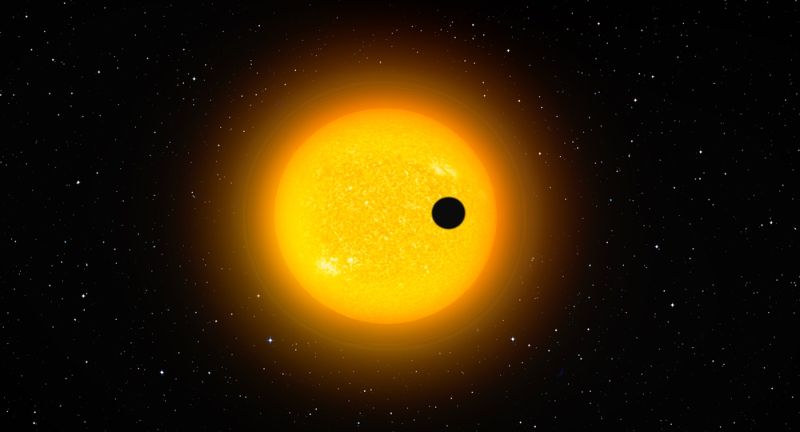
Shutterstock
Since the discovery of the first exoplanet in the 1990s, thousands of exoplanets have been identified, many of which reside in the “habitable zone” where life could potentially exist. These discoveries, made possible by missions like NASA’s Kepler and TESS telescopes, have expanded our understanding of the universe. Scientists have found planets with Earth-like characteristics, such as liquid water, orbiting distant stars, fueling speculation about the existence of extraterrestrial life. The study of exoplanets continues to be a major focus in the search for life beyond Earth.
Quantum Teleportation

Shutterstock
In 2017, scientists made significant strides in the field of quantum teleportation, successfully transmitting quantum information between particles over long distances. This breakthrough in quantum mechanics could pave the way for the development of ultra-secure communication networks and quantum computing. By using entangled particles, scientists were able to instantaneously “teleport” information without physically moving it. Quantum teleportation has opened new possibilities in the field of information technology, revolutionizing our understanding of the quantum world.
Antibiotic Resistance Crisis
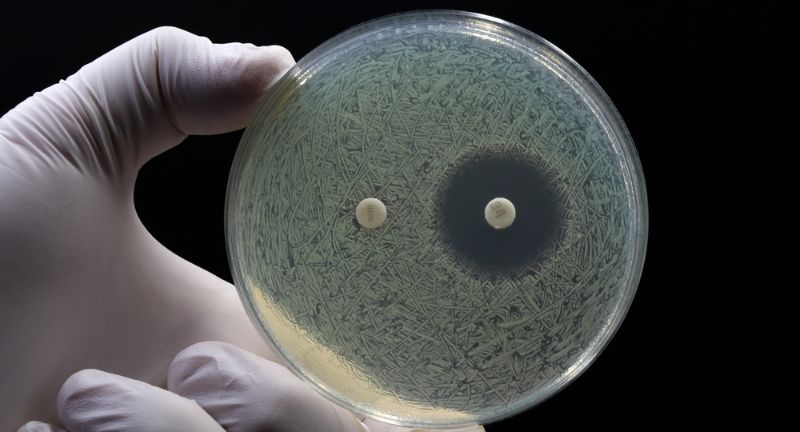
Shutterstock
The rise of antibiotic-resistant bacteria over the past two decades has become one of the most pressing global health crises. Superbugs, such as MRSA and drug-resistant tuberculosis, have evolved to withstand conventional antibiotics, rendering many treatments ineffective. This has led to urgent calls for new antibiotics and alternative treatments, as well as global efforts to curb the overuse of antibiotics. The antibiotic resistance crisis threatens to reverse decades of medical progress and poses a serious challenge to modern healthcare.
Tabby’s Star

Shutterstock
Tabby’s Star, discovered in 2015, baffled astronomers with its unusual dimming patterns, sparking widespread speculation about its cause. The star’s brightness fluctuates in a way that cannot be explained by known celestial phenomena, leading some to theorize the possibility of an alien megastructure. While more recent research points to natural explanations such as dust clouds, Tabby’s Star remains a mystery. The unusual behavior of the star continues to intrigue scientists and amateur astronomers alike.
New Species in the Amazon
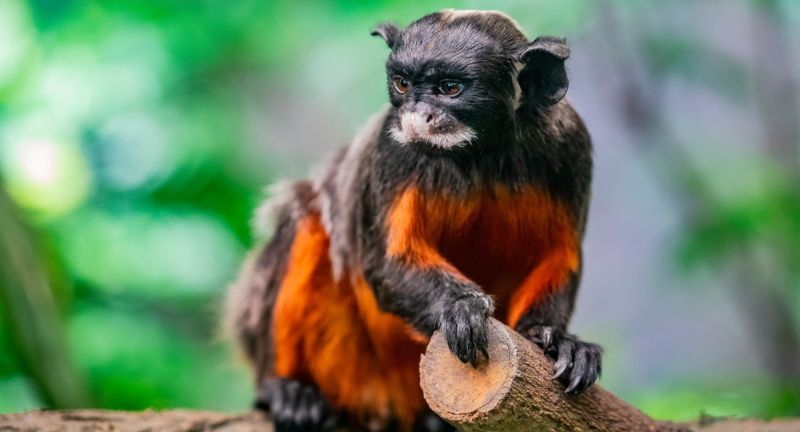
Shutterstock
Over the past two decades, researchers have discovered hundreds of new species of plants, animals, and insects in the Amazon rainforest. These discoveries have highlighted the Amazon’s incredible biodiversity, revealing creatures that had never been documented before. New species include colorful frogs, tiny monkeys, and previously unknown fish, showcasing the rainforest’s unique ecosystem. The discoveries also underscore the urgency of protecting the Amazon, which is increasingly threatened by deforestation and climate change.
Oldest Evidence of Life on Earth

Shutterstock
In 2017, scientists discovered fossils in Canada that suggest life on Earth may have begun 3.95 billion years ago. These ancient fossils, found in rock formations in Quebec, represent the earliest evidence of life on our planet. This discovery pushes back the timeline for the emergence of life by hundreds of millions of years, challenging previous theories about how and when life began. The finding has significant implications for the study of life’s origins and the potential for life on other planets.
New Antibiotics from Soil
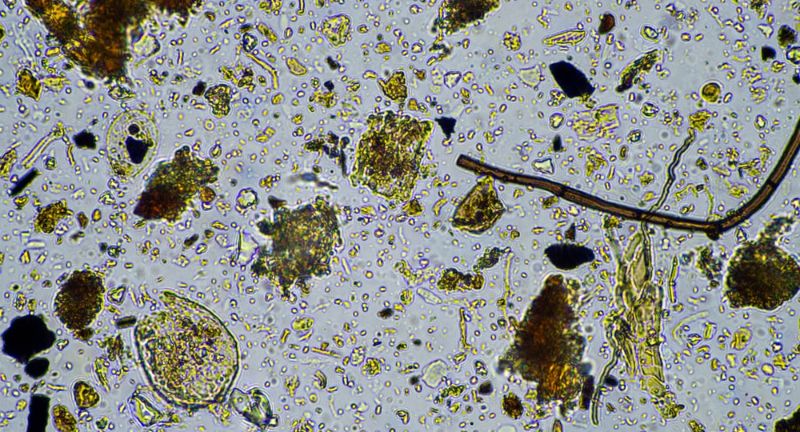
Shutterstock
In 2015, scientists discovered a new class of antibiotics, Teixobactin, from soil bacteria, offering hope in the fight against antibiotic-resistant infections. Teixobactin is unique in that it targets bacterial cell walls in a way that makes it difficult for bacteria to develop resistance. This breakthrough could lead to the development of new, more effective antibiotics. The discovery has renewed interest in soil as a source of untapped medical resources, potentially opening the door to more novel treatments.
Mysterious Radio Bursts

Shutterstock
Fast Radio Bursts (FRBs) are brief but powerful bursts of radio waves originating from distant galaxies, first discovered in 2007. The cause of these bursts remains a mystery, with some scientists suggesting they could be natural astrophysical phenomena like neutron stars, while others entertain the possibility of advanced alien civilizations. FRBs are incredibly energetic and can travel billions of light-years, but they last only a few milliseconds, making them difficult to study. Despite ongoing research, the origin and nature of FRBs remain one of the most intriguing puzzles in modern astrophysics.
Artificial Intelligence Milestones

Shutterstock
The development of artificial intelligence (AI) has reached significant milestones in recent years, particularly with AI systems like AlphaGo, which defeated the world champion in the complex game of Go in 2016. AI advancements in machine learning, natural language processing, and robotics are transforming industries, from healthcare to finance. These technologies have raised new ethical questions about the future of work and the role of AI in society. As AI continues to evolve, its potential for solving complex problems and reshaping the world grows, offering both incredible promise and significant challenges.
Conclusion

Shutterstock
These discoveries remind us that science is an ever-evolving field, where new insights can dramatically alter our understanding of the world. As technology advances, we continue to push the boundaries of what is possible, uncovering answers to age-old mysteries while also generating new questions. From space exploration to breakthroughs in medicine and genetics, the future promises even more remarkable findings. The last 25 years have demonstrated that humanity’s thirst for knowledge is unquenchable, and we are only beginning to scratch the surface of what remains to be discovered. As we look forward to the next era of exploration and discovery, we can be sure that the most shocking revelations are still yet to come.
More From Local News X
-


20 Most Beautiful Actresses Of All Time According To Popular…
-


33 Things That Happen Only After You Get Earbuds
-


15 Meaningful Topics To Discuss With Your Partner That Can…
-


25 Challenges Kids Are Facing Now That They Didn’t Face…
-


23 Habits To Help You Cultivate The Best Sleep Of…
-


25 States That Have The Happiest People
-


20 Facts About The Olympics That Might Surprise You
-


25 Hobbies To Consider Picking Up For The Colder Months…
-


24 Facts About The Big Apple You Probably Didn’t Know
-


28 Ingredients To Look Out For On Your Food Labels…
-


20 Ways To Optimize Small Spaces In Your Home
-


25 Most Influential Inventions That Baby Boomers Have Witnessed Come…
